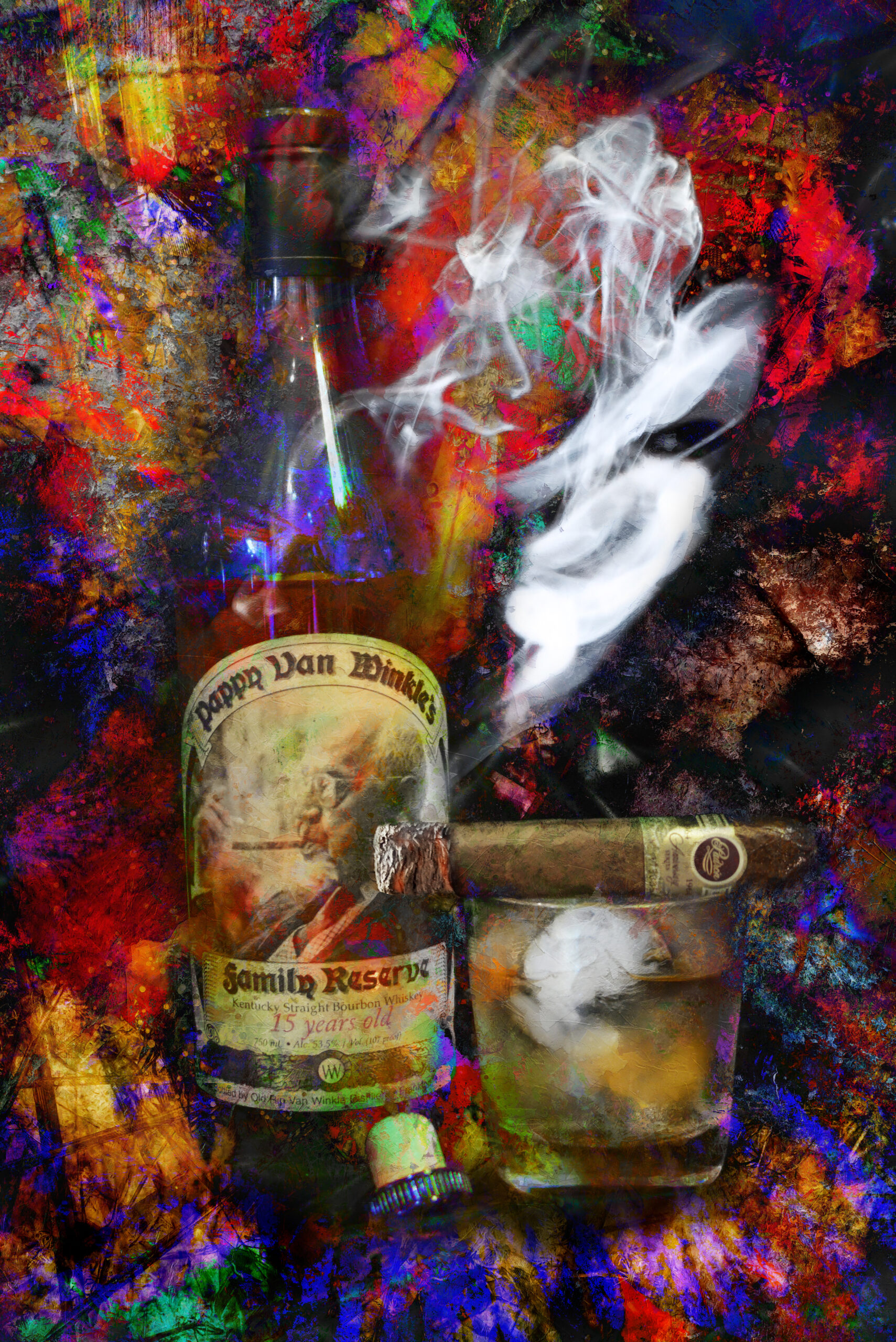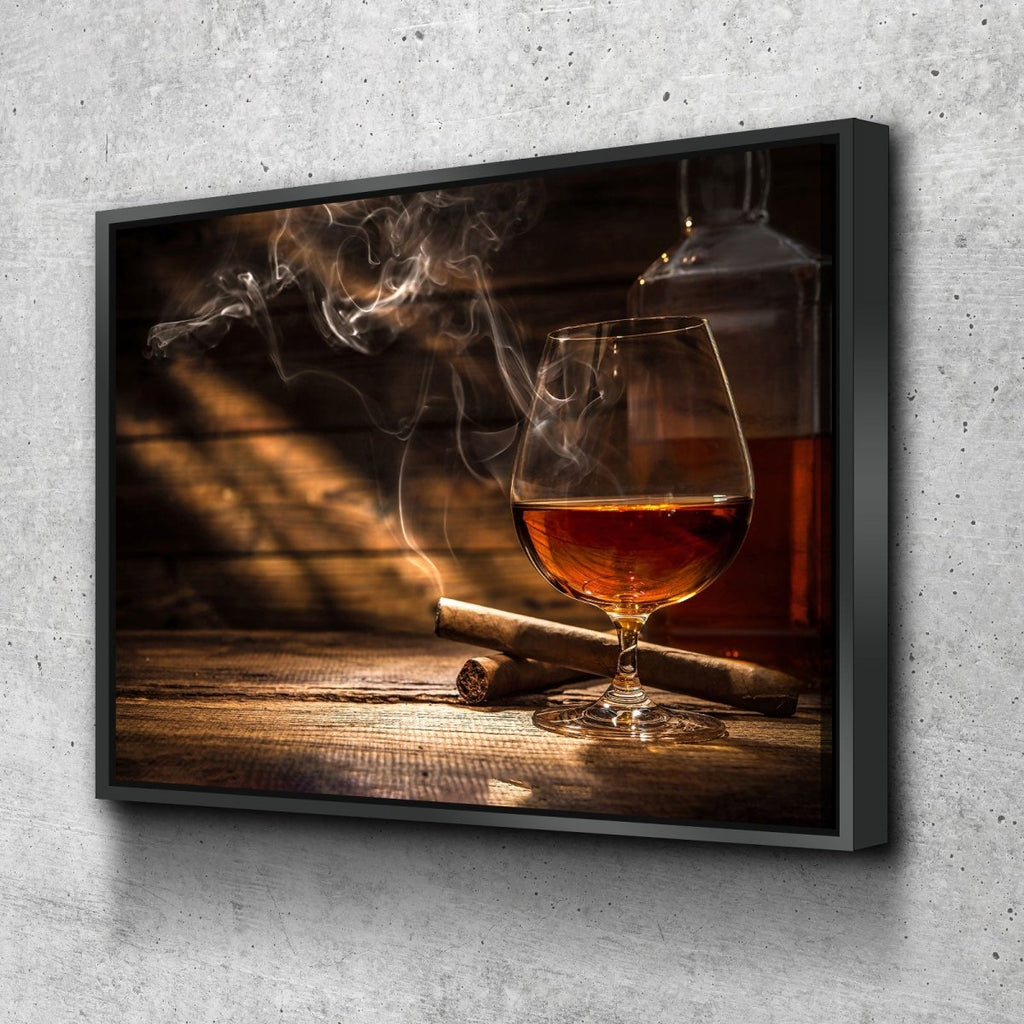The Relevance of Whiskey Art in Celebrating Heritage and Workmanship in the Beverage Industry
The elaborate connection in between bourbon art and the event of heritage and workmanship within the drink sector can not be overstated. Via attentively made tags and bottles, whiskey brand names envelop their historical origins and the artisanal skills that define their manufacturing methods. This artistic measurement not only improves market appeal however also functions as a conduit for cultural narration, cultivating a much deeper link between the craft and the customer. As we check out the numerous elements of this subject, interesting concerns concerning the effect of modern-day patterns on traditional practices develop, prompting more examination.
The Historical Origins of Whiskey
At the heart of scotch's appeal exists an abundant tapestry of historical roots that map back to ancient worlds. The origins of scotch can be linked to the distillation practices of the Sumerians and Babylonians around 2000 BCE, where very early forms of fermented grain drinks began to emerge. However, it remained in the Center Ages that the art of distillation developed significantly, particularly in Ireland and Scotland, leading to the production of bourbon as we understand it today.
The term "bourbon" itself obtains from the Gaelic word "uisce beatha," suggesting "water of life." This phrase emphasizes the social importance of scotch in Celtic societies, where it was frequently related to rituals, celebrations, and common bonding. By the 15th century, purification became an acknowledged craft within reclusive neighborhoods, leading the way for the facility of legal distilleries.
As trade paths expanded, whiskey's appeal grew, transcending regional boundaries and capturing the rate of interest of connoisseurs worldwide. Bourbon Art. This historical journey reflects not just the workmanship behind whiskey manufacturing yet additionally its indispensable duty in social and cultural contexts, noting it as a significant beverage throughout background
Artistic Expression in Branding
Scotch branding stands as a compelling junction of virtuosity and business, where aesthetic identity plays a critical role in shaping customer assumption. The appearances of whiskey labels, packaging, and advertising materials reflect not only the brand's story yet also its core values and heritage. Via creative expression, distilleries convey a narrative that reverberates with customers, stimulating feelings and triggering links.
Using color, typography, and imagery in branding serves to differentiate items in a saturated market. For example, conventional concepts might stimulate a feeling of authenticity and craftsmanship, while modern designs can represent development and forward-thinking. This tactical creative instructions improves brand acknowledgment and commitment, permitting consumers to create a personal partnership with the scotch they select.
Furthermore, imaginative expression in branding usually works as a party of regional heritage. Distilleries regularly integrate regional signs or historic recommendations right into their designs, developing a feeling of place that invites consumers to engage in a broader social experience. Inevitably, the artistry behind bourbon branding not only enhances visual appeal yet likewise enhances the general narrative of the brand, promoting a much deeper recognition for the craftsmanship and heritage ingrained in each container.
Craftsmanship in Container Design
The virtuosity apparent in bourbon branding extends past aesthetic identity to encompass the workmanship entailed in bottle design. Each bottle works as a vessel not just for the spirit within, but also for the tale it outlines its quality, beginning, and custom. The layout procedure requires careful attention to detail, as aspects such as closure, material, and shape contribute dramatically to the overall assumption of the bourbon.
Workmanship in container layout entails selecting premium glass that can enhance the bourbon's shade and clarity, while additionally offering a responsive experience for the consumer. The silhouette of the container must be both aesthetically enticing and practical, typically showing the heritage of the brand. Many distilleries go with distinct shapes or printed logos that evoke a sense of authenticity and history.
Additionally, the tag style and typography play a critical duty in connecting the brand name's story. Limited Edition. A well-crafted bottle not just mesmerizes the consumer's eye but additionally strengthens the brand's commitment to top quality and tradition. This way, the craftsmanship of bottle style comes published here to be an essential facet of the bourbon experience, merging creativity with an extensive regard for heritage
Cultural Value of Scotch Art
Commemorating tradition and craftsmanship, the cultural importance of bourbon art transcends mere aesthetic appeals, linking with the social and historic stories of the regions where it stems. Each bottle serves as a canvas, showing the one-of-a-kind stories, folklore, and customs that have actually formed regional whiskey-making practices. The elaborate styles often reflect the heritage of the distillers, including icons and motifs that resonate with the society and values of their neighborhoods.

In enhancement, bourbon art plays an essential role in public celebrations and parties, offering as a tangible web link between people and their shared experiences. By valuing the creativity in whiskey product packaging, customers cultivate a much deeper understanding and regard for the craft, ultimately improving their enjoyment of the beverage itself.
Modern Trends in Bourbon Discussion
Recently, the discussion of bourbon has progressed to mirror contemporary tastes and patterns while still recognizing conventional workmanship - Realism Art. Distilleries are increasingly focusing on visual components that enhance the overall drinking experience, linking the void between heritage and modernity
Innovative bottle styles have actually helpful hints emerged, commonly including lasting materials and imaginative labels that tell engaging stories. Numerous brand names currently team up with neighborhood musicians, infusing their products with unique visual expressions that resonate with consumers. Furthermore, limited-edition releases are commonly packaged in collectible containers, including worth and charm for aficionados.

Final Thought
To conclude, whiskey art offers as an essential conduit for revealing the heritage and workmanship fundamental in the drink market. Through complex branding, innovative bottle layouts, and culturally substantial creative elements, scotch brand names efficiently recognize their practices and get in touch with customers. This imaginative story not just elevates the appreciation of whiskey however also strengthens neighborhood identity and satisfaction among producers. Eventually, scotch art plays a vital role in preserving and celebrating the rich social tapestry of whiskey-making.


Workmanship in container design includes choosing high-grade glass that can boost the bourbon's shade and clearness, while likewise providing a responsive experience for the customer. In this method, the workmanship of container design ends up being an essential element of the scotch experience, merging virtuosity with a profound check out this site regard for heritage.
In verdict, scotch art serves as an important conduit for expressing the heritage and craftsmanship inherent in the beverage sector.
Comments on “Bourbon Art in Contemporary Society: Where Practice Fulfills Innovation”